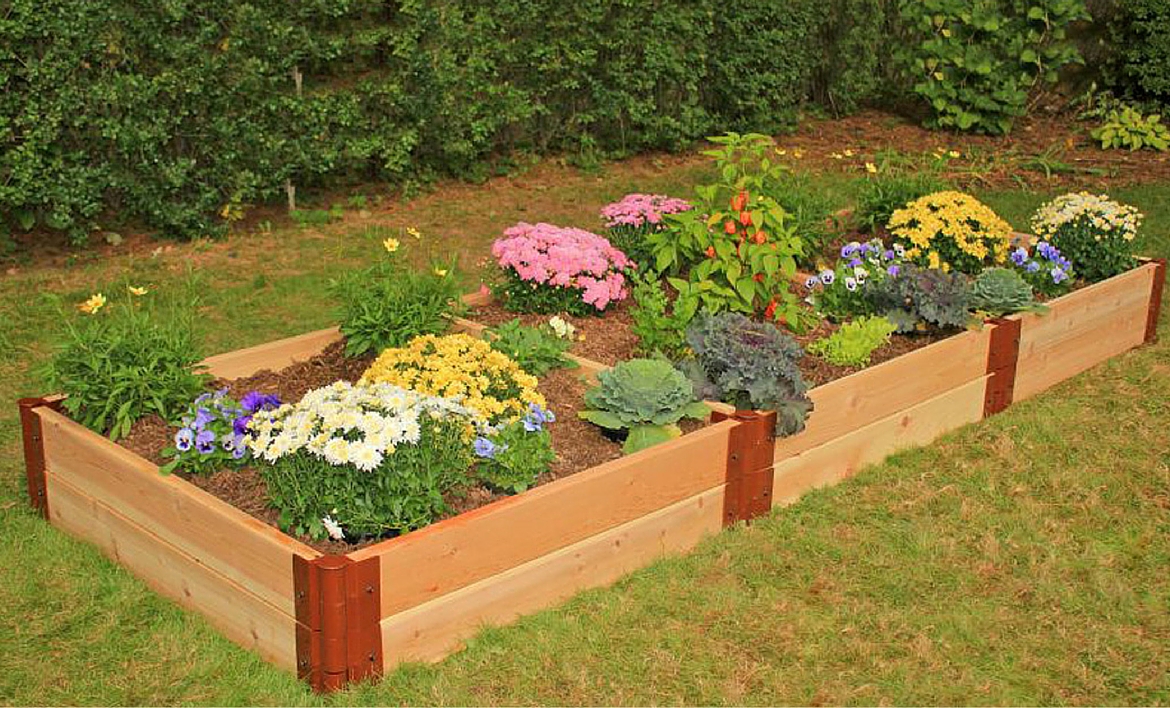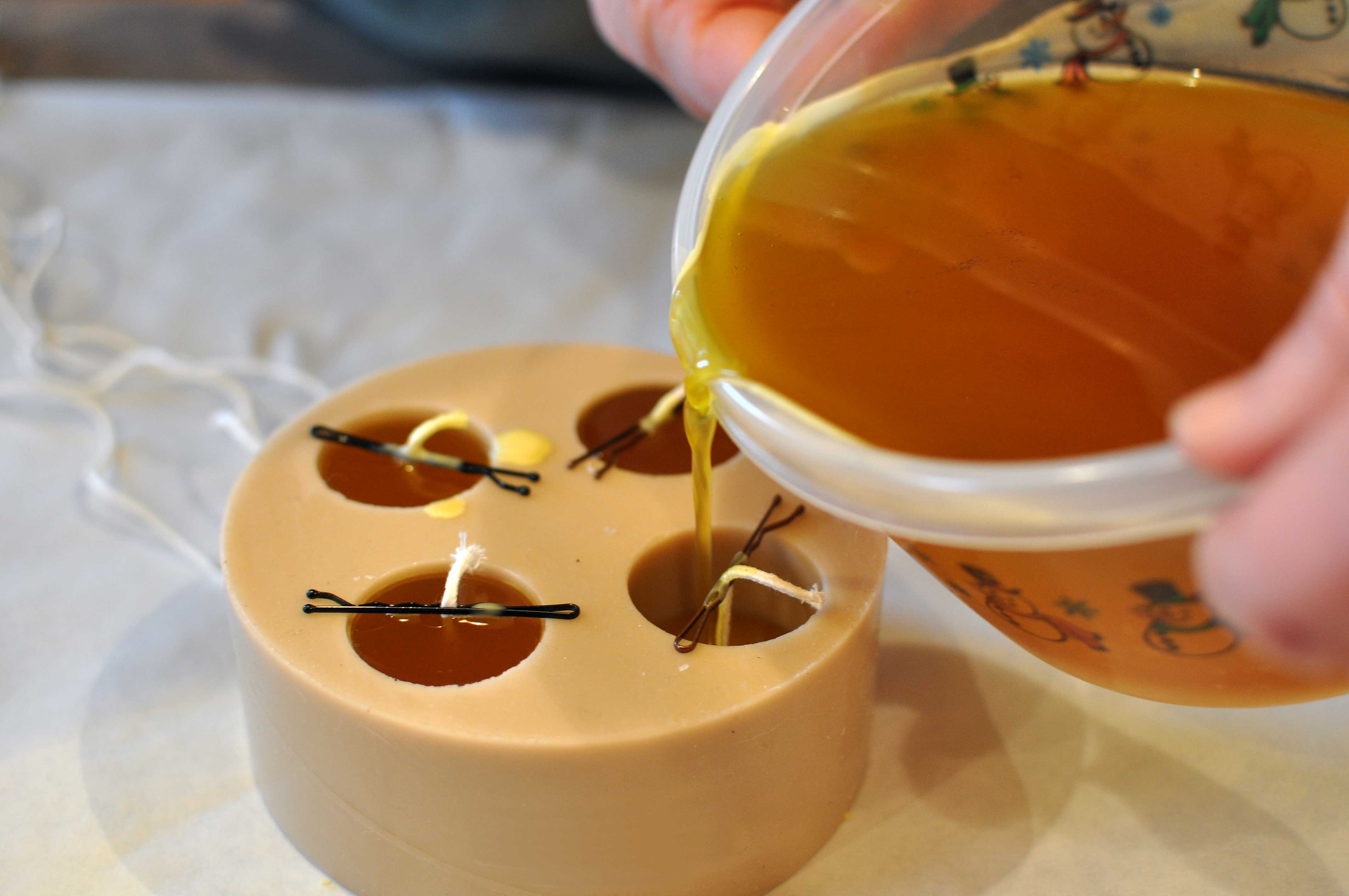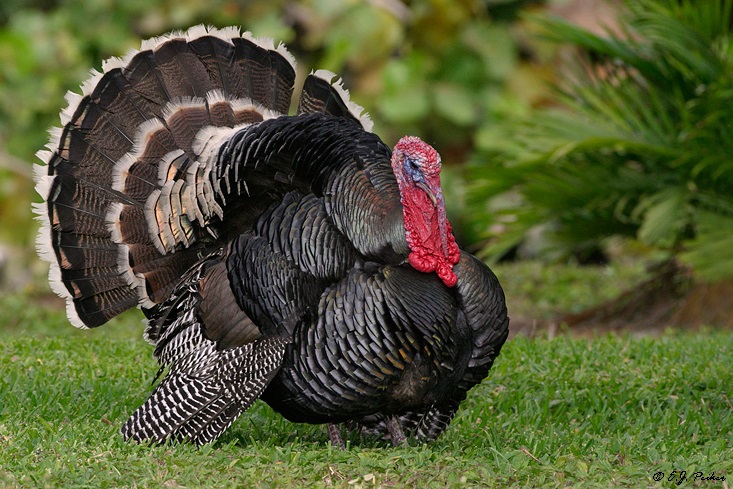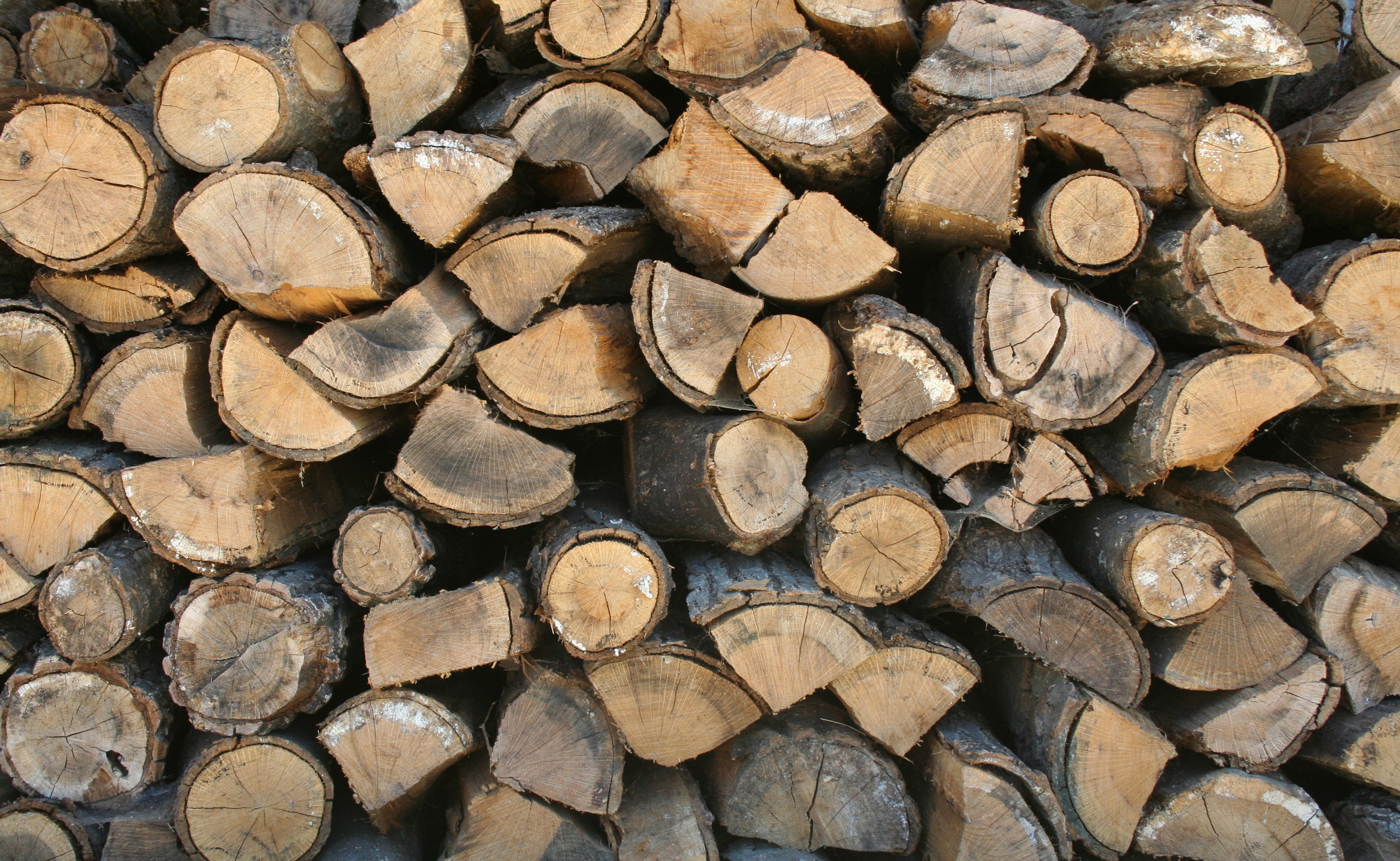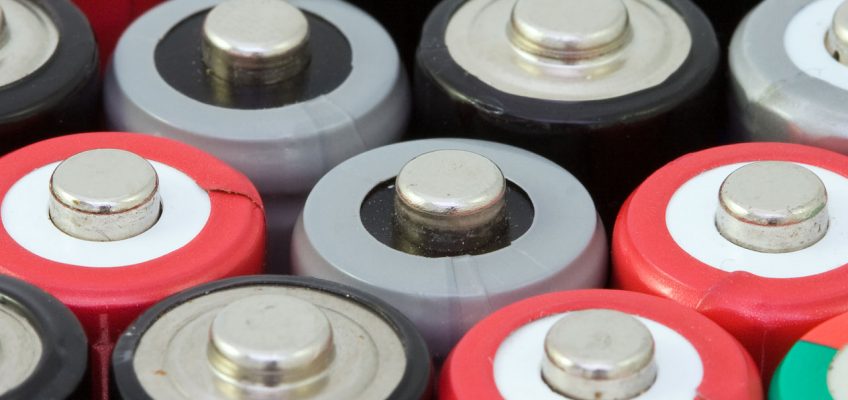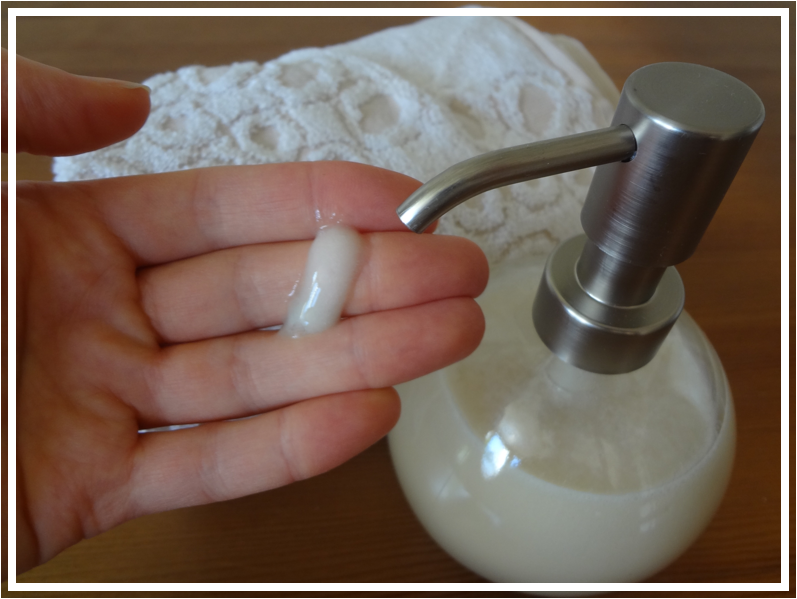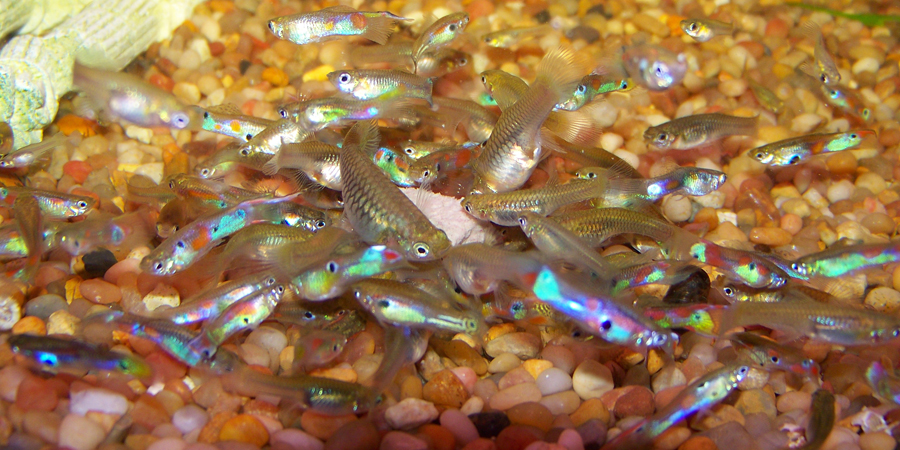Benefits of Simple Raised Bed Gardens
Raised bed gardens are an ideal concept for today’s lifestyle trends. Raised bed gardening transcends generations and is a viable option for various size budgets. You can enjoy this method of gardening whether you have an expansive outdoor area or a space-challenged lawn. If you’re the DIY type, you can easily find detailed instructions … Read more

